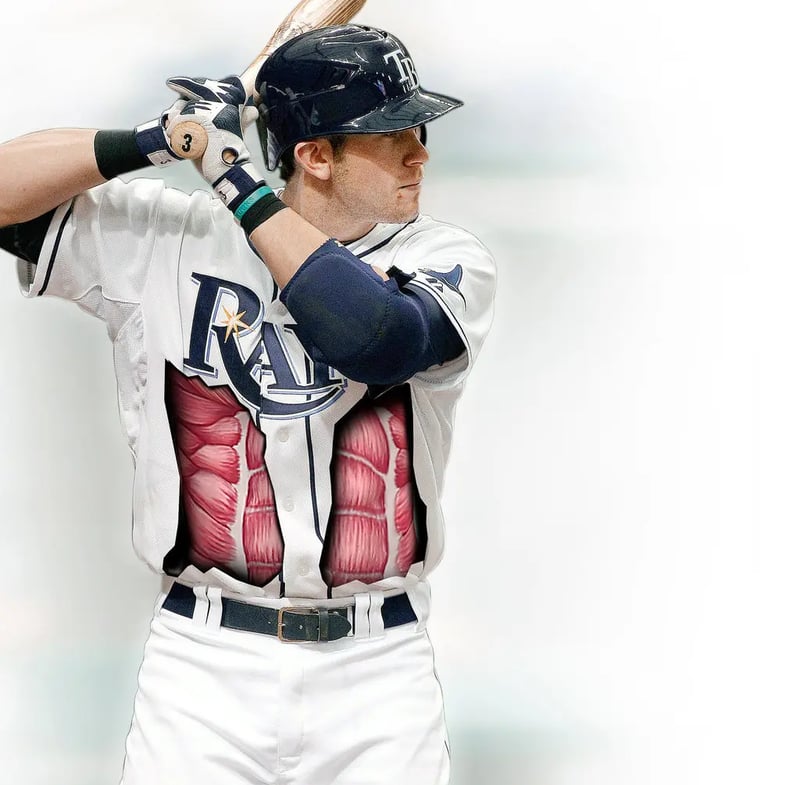
If you’re a baseball fan, you have heard about oblique strains, perhaps the most frequent muscle injury in the game today. It is important to everyone playing sports, or that loves someone who does, because if you rotate, you are risk for this injury. Even if you don’t rotate, you are at risk, because a bigger part of sport is not just creating rotation, but stopping rotation.
This injury is a tear of the internal oblique muscle from its origin on the rib or cartilage. The internal obliques are on both sides of your trunk, running diagonally from your ribs downward towards your hips. My anatomy professor used to tell us these muscles run in the same direction as how you would place your hands in your pockets.
These muscles are often strained on the deceleration portion of rotation, such as the follow through of a pitch or batter’s swing. A huge incidence exists in baseball, volleyball, and tennis because you usually are rotating from the same side every time. Compounding this overuse situation is the strength of an athlete’s lower body, which requires you to decelerate even more force on every repetition.
We have a few recommendations based off our 3 major components of neuromuscular reprogramming. For regeneration, soft tissue quality is crucial. But if you have ever tried rolling out your ribcage, you would probably do more damage than good. So stick to releasing your hips to place the deceleration stresses on your lower body, rather than your rotating trunk. We have our athletes regularly release their hip rotators, particularly the gluteus medius and tensor fascia lata.
From a skill standpoint, we have our athletes perform high speed rotations from both sides to teach the opposite oblique how to decelerate. We also allow the more frequently used oblique to provide function other than just stopping rotation.
Our last component of reprogramming, which is often the most frequently used in injury prevention, is strength. By using rotational movements with resistance, you can improve both the trunk function and deceleration ability. We use the Versapulley that provides unparalleled resistance by wrapping a rope around a cone as quickly as it is pulled. NASA used it because it does not require gravity, by relies on the speed of inertia, just like rotation in sport!
Like any injury prevention program, the answer is multifaceted. Keep your lower body loose through targeted release of the hip muscles, practice fine motor skills on your non-dominant side, and pull some weight across your body to strengthen those patterns.
The days of simply playing your way into “game shape” and being healthy are over.